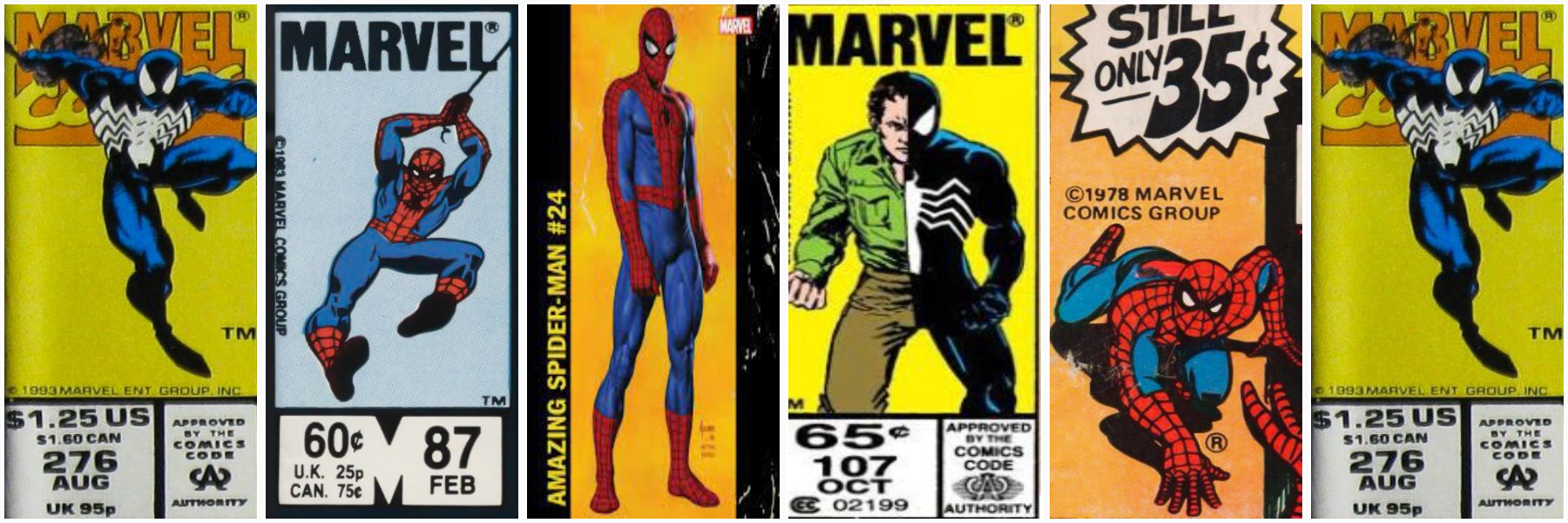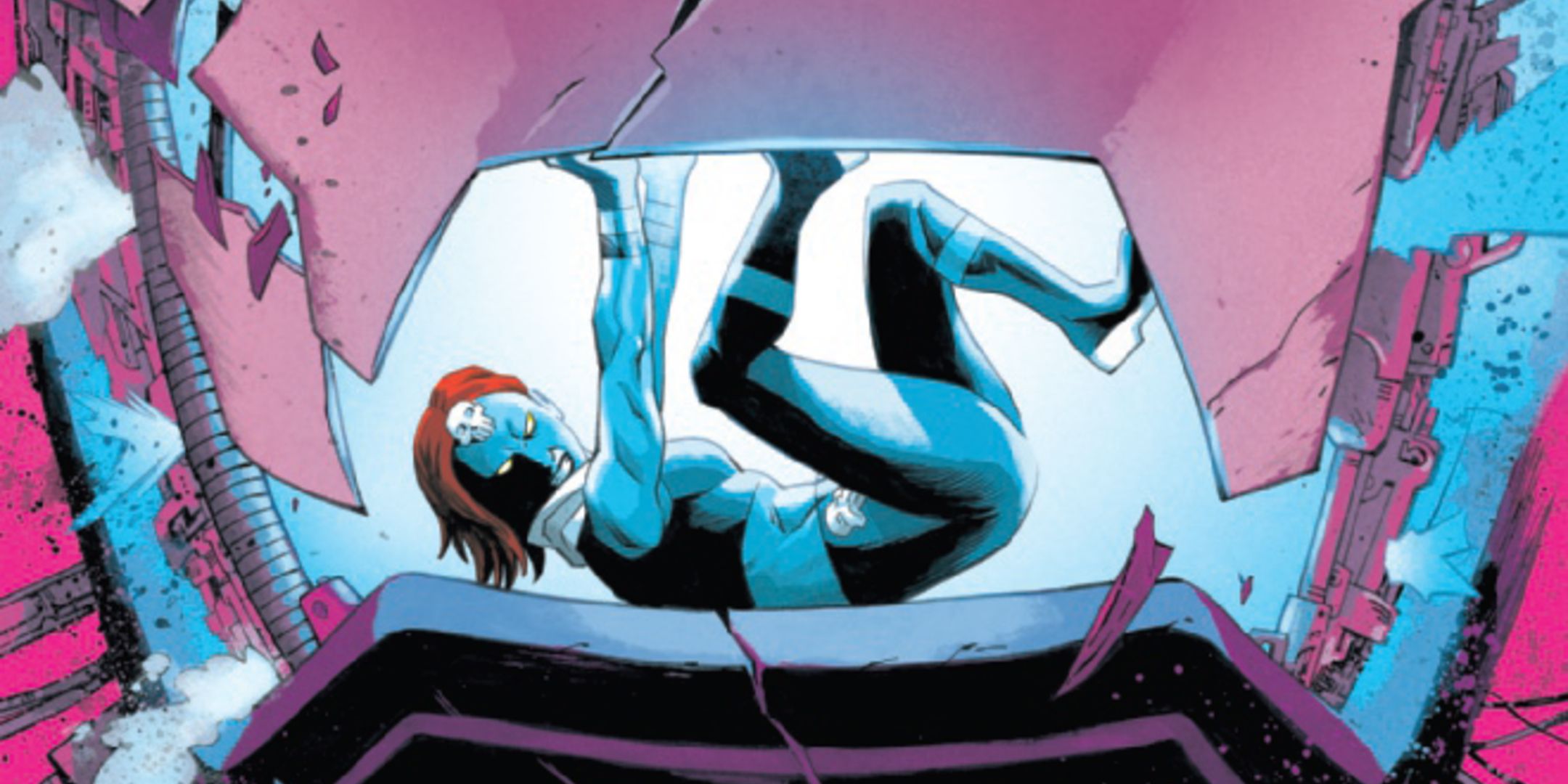Kevin Brown | January 15, 2025
Tim Bird’s graphic memoir is a brief, meditative book, but the emotions it contains are large. The plot is easy to summarize, as there are really only two major parts to the book: an overview of Bird’s mother’s interest in art; and the end of her life, when she dies of cancer during the COVID-19 pandemic.
The focus of this book is on the art, but not Tim’s. Instead, the center is his mother Sue’s art. She painted throughout her life as a hobby, never selling or exhibiting any of her work, save for one piece in high school. She gave some to friends and family, hung some in the house, but stored most of it. This book is an homage to his mother and, thus, to the act of creation for its own sake.

In some ways, this memoir is a subtle Künstlerroman, as Sue’s pursuit of art must have influenced Bird's desire to pursue a creative life as well, though he never explicitly says so. Instead, he uses Sue’s art to create a graphic work that honors her life as an artist, even more than her life as a mother. The book is saturated with her work, as he uses some of it to show her development after she took various classes during his childhood. More importantly though, her work serves as the background for many of the pages of his memoir. At times, he overlays a few panels of his work showing the current story he’s telling, such as her progress as an artist, or he’ll integrate her art by using it as the scenery for an event in the book, such as when he takes his children to the seaside.
Tim’s artwork stands in direct contrast to his mother’s, as she focuses much of her work on landscapes, especially the sea. Tim, on the other hand, uses streamlined drawings, at times so clean and basic they look like clip art of people and locations, almost as if his characters and spaces could be anybody and anywhere. When he goes to visit his mother in the hospital, for example, he signifies how worried he is and how he hasn’t slept much with a few black dots on his face to represent a five o’clock shadow. I was reminded of Scott McCloud’s Understanding Comics, where he talks about how the less specific a face, the more readers can identify with it. The point of this work, artistically, isn’t to provide the reader with a clear image of what Tim and his family members look like. He isn’t trying to immerse us in the world he is creating. Instead, he’s trying to immerse us in how he feels about his mother, both her art and her loss.

In this book, art and loss are connected, not because Tim wants readers to see his mother as a brilliant artist and to mourn the loss of a creative genius, but because creating art was so much a part of who she was to him. When he talks about family vacations, her artwork takes up most of the page, not merely as background to the scene, but because her creation of that art so suffused her life that he is unable to think about the time he spent with her and their family without thinking of her paintings as well. He sees his childhood through that art because it represents their lives together. Thus, he uses so much of her work to show readers the way they viewed the world.
Ultimately, his mother suffers from the same cancer that killed her mother and sister, though Tim leaves the specific type unnamed. He is able to spend some time with her when she is in the hospital, but it’s anticlimactic. In fact, he doesn’t even want to wake her up, but another patient does so instead. When Tim tells the patient not to bother, that he doesn’t know what to say, the patient responds, “Don’t be silly! You want to talk to her. Tell her you love her.” Tim doesn’t tell her that, though, at least not when she’s awake. She keeps dozing off due to the medication, but Tim does show her a picture of his children at the seaside. Without explicitly stating it, he is reminding her of the family vacations they once took, the wonderful memories he has of those times. In the same way that he is carrying on her tradition of creating art, he is also exposing his children to the same love of nature his mother shared with them. In fact, she tells him a story about trying to copy drawings and paintings of seashells and seaweed from a book she had as a child, but “they were so tricky!” Of course, Tim has now created a book where he copies drawings of seashells and seaweed from that book.

In some ways then, this book is also his passing on to readers what he took from his mother: his love of art and of the seaside. Even if he doesn’t show a scene where he is able to tell his mother he loves her and say goodbye, this book is the expression of that love. It's the exhibition of her work that she never had and a celebration of creating art because of love: love of creativity, love of beauty, love of nature, and love of family.
The book ends with a contrast of two pages of Sue’s paintings of the sea and two pages of Tim’s portrayal of the ocean. Though they have different styles and possibly different intents, it’s clear where he finds his inspiration. This memoir is a fitting tribute to a mother who so clearly shared her love of art and beauty with her son, who carries on her legacy, while creating his own vision. Tim may feel as if he’s adrift, but his mother has provided him a steady boat to help him find a safe shore.




















 English (US) ·
English (US) ·